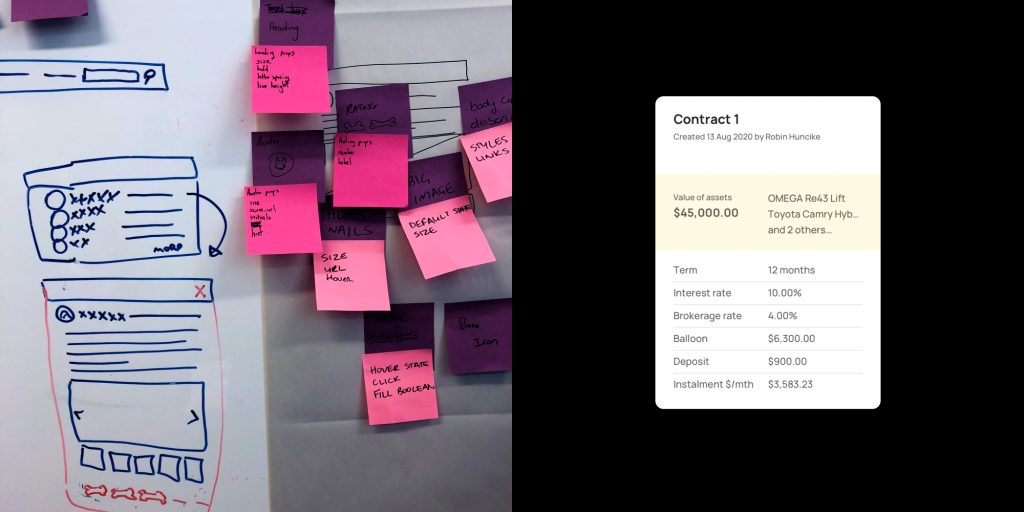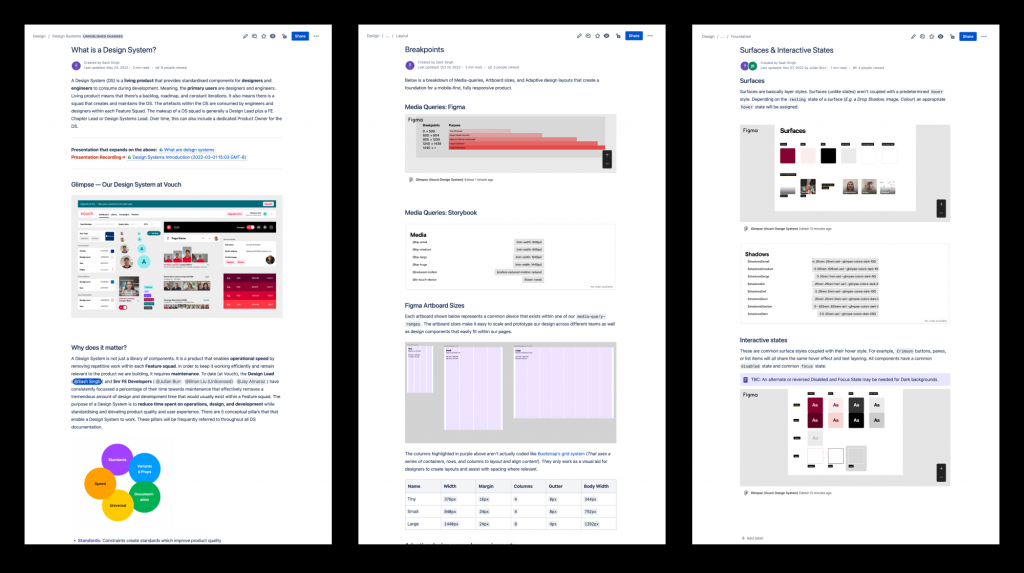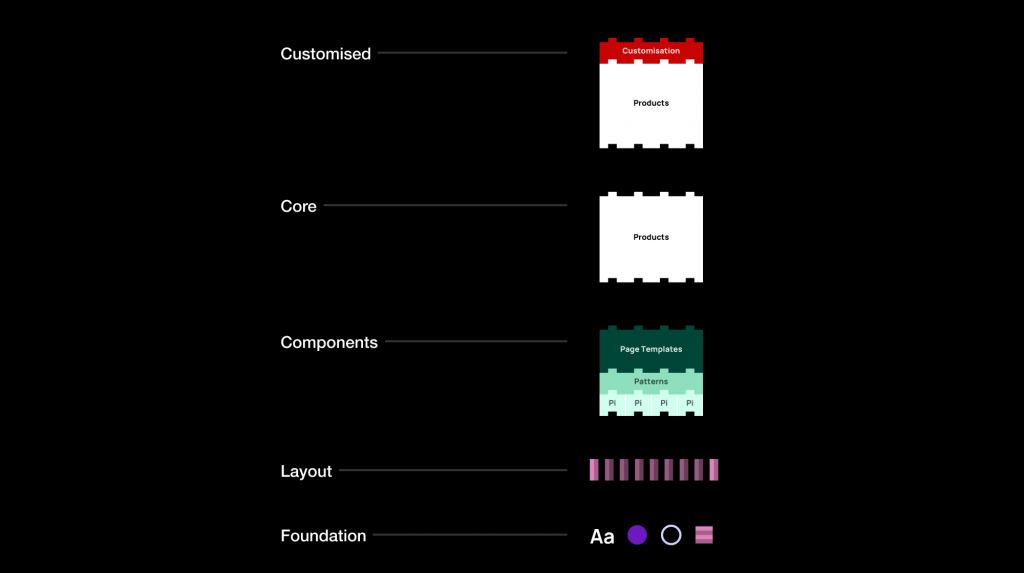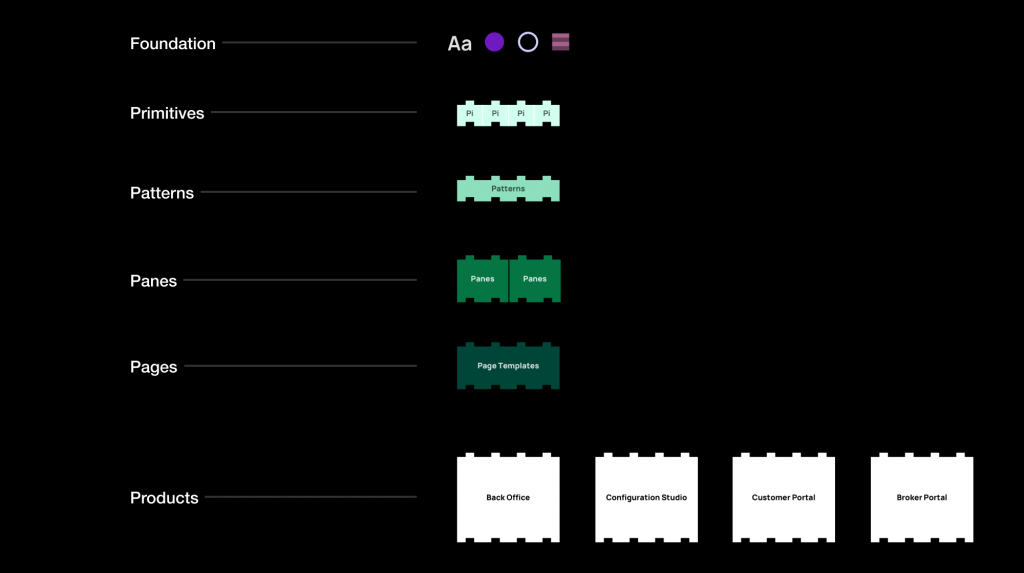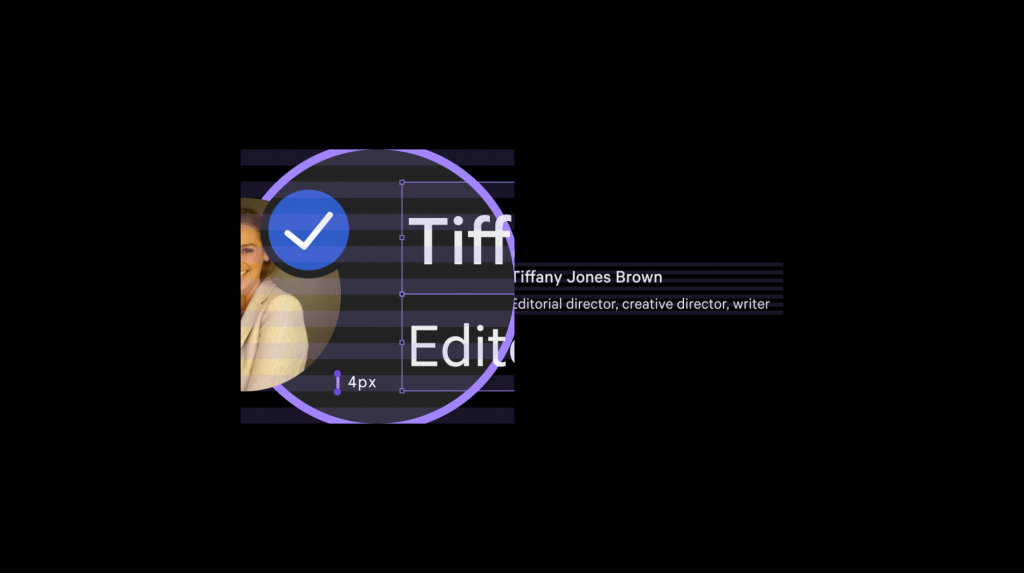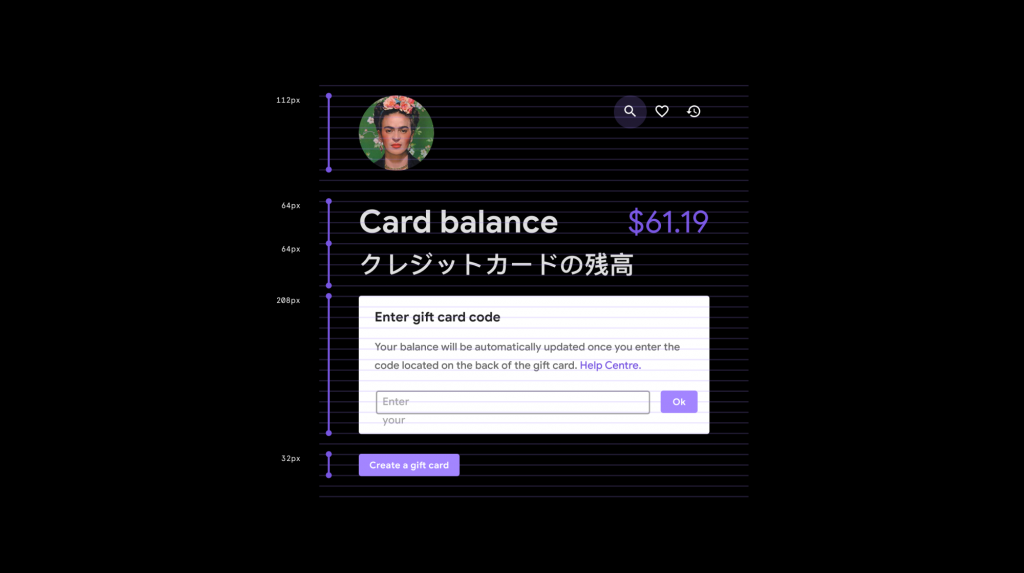How do you define what a design system is? I love building beautiful, clear, and clever design systems. But a system isn’t defined by its component library alone. There must be frameworks and processes that govern how we contribute and consume them. These frameworks include how we name and categorise components which enables design and engineering teams across geographies to stay aligned on what works and what doesn’t.
As design systems mature, we spend less time building components and more time documenting how they should be consumed. If your engineering team can go from a whiteboarding session directly to a front-end working build — then your system is working really well.
What outcomes have you seen as a result of building design systems? I have designed and scaled seven different design systems from scratch. These systems are often established alongside growing design, product, and engineering teams. They help businesses refine their PDLC and reduce massive overheads in design thinking, usability standards, and testing.
When a design system can scale and grow organically, it enables everyone to participate in design. It becomes straightforward how components and experiences should be assembled. Everybody gets to be involved. Designers become facilitators of ideas. And ideas are presented in a very visual and interactive way — in very little time.
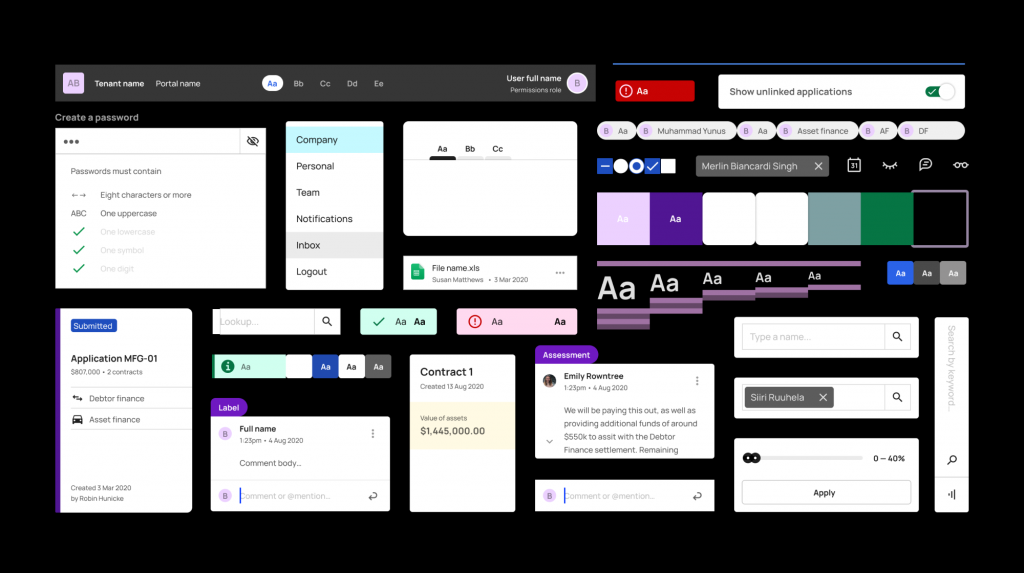
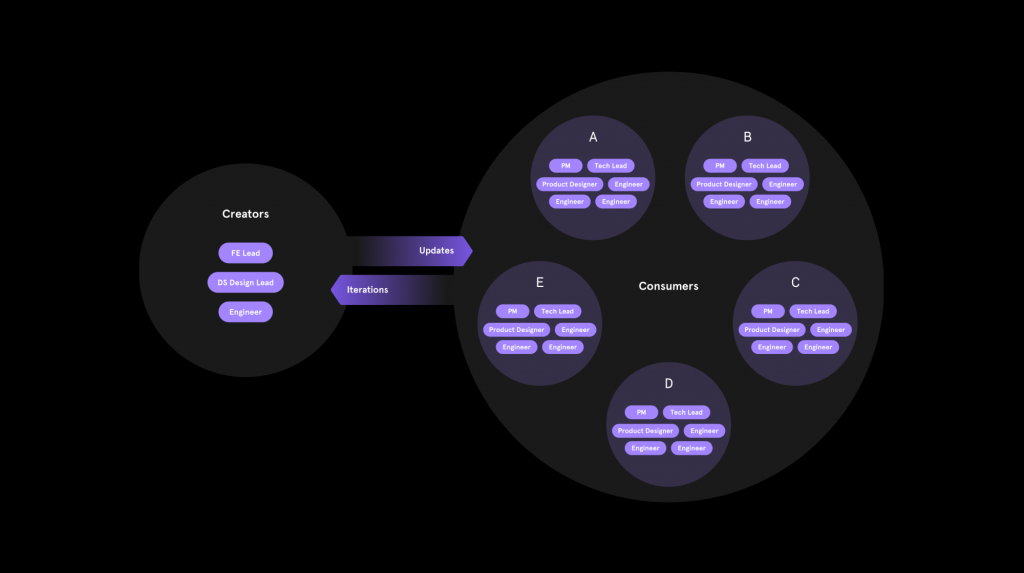
Component categorisation and tiers. Trade Ledger (2020)
Design system unit-sizing and vertical rhythm. (2018)
